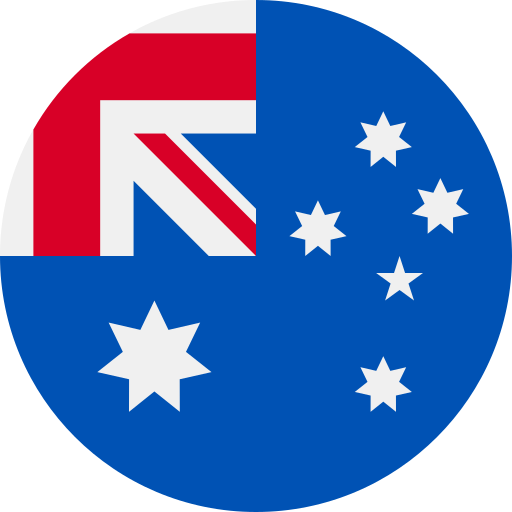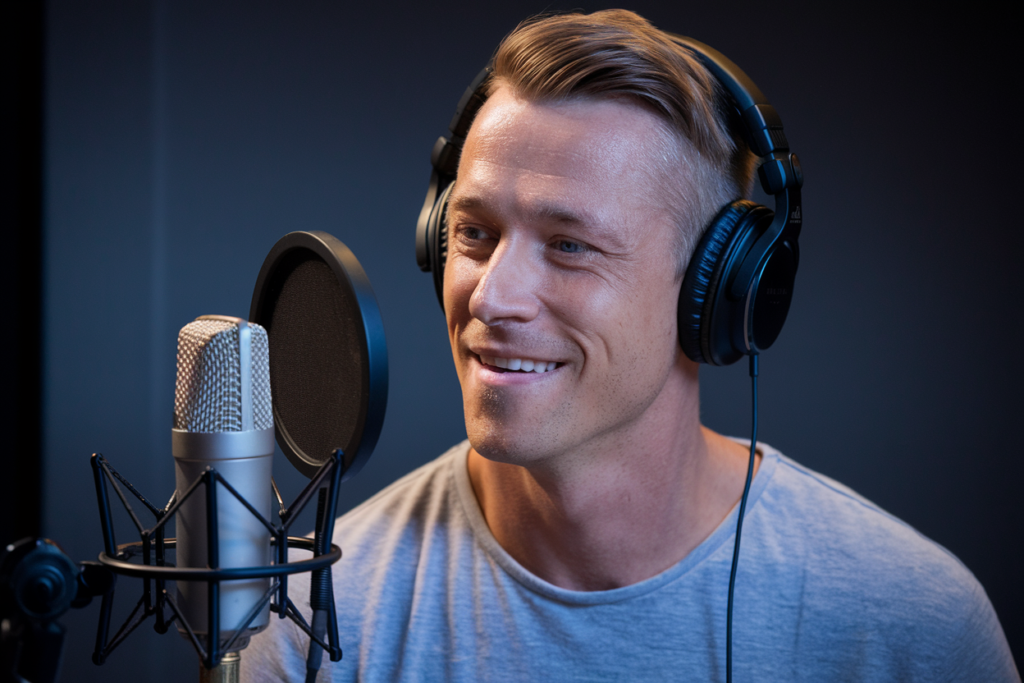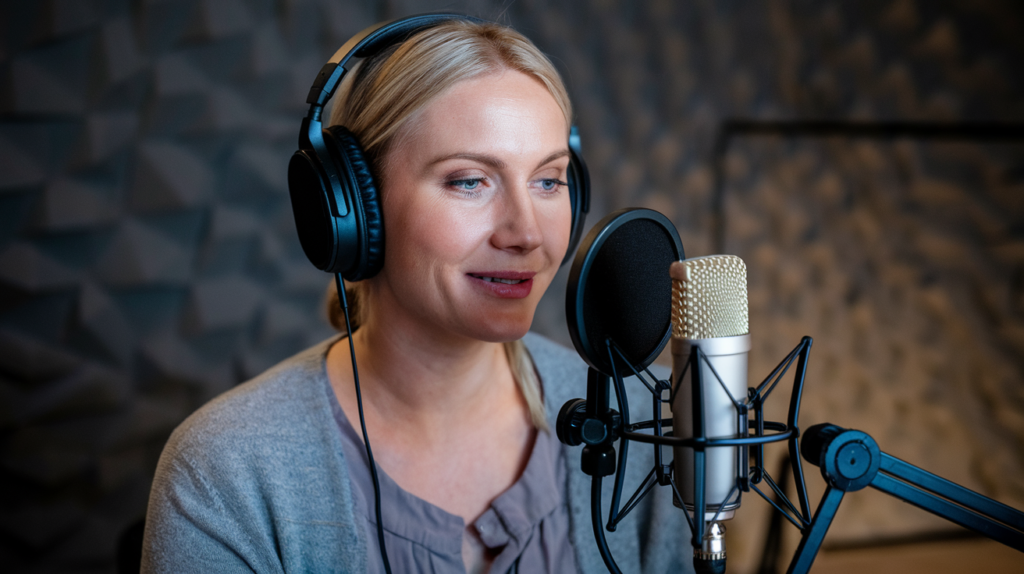Key Takeaways
- Diverse Dialects: Australian English encompasses several distinct dialects, including General, Broad, and Cultivated Australian, each reflecting unique cultural influences.
- Regional Variations: Accents vary significantly by region, with notable differences between urban areas like Sydney and Melbourne and rural locations across Australia.
- Influence of Indigenous Languages: The integration of Indigenous languages has enriched Australian English vocabulary and expressions, contributing to its vibrant linguistic landscape.
- Impact of Immigration: Waves of immigration have shaped Australian English by introducing new accents and slang, making the language constantly evolve.
- Standard Communication: Standard Australian English serves as the baseline for formal communication in media and education due to its neutral accent.
- Importance for Voice Talent: Understanding these dialects is crucial for voiceover artists aiming to connect authentically with local audiences across various contexts.
Ever wondered why Australian English sounds so different depending on where you are? With its rich tapestry of dialects, Australia showcases a unique linguistic landscape that can leave even the most seasoned travelers scratching their heads. From the laid-back tones of Sydney to the distinct accents of Melbourne and beyond, each region brings its own flavor to the language.
Overview Of Australian English Dialects
Australian English features several distinct dialects, each reflecting the diverse cultural influences across the country. You’ll find variations in pronunciation, vocabulary, and even grammar that can be surprising.
Main Dialects
- General Australian: This is the most widely spoken form. It’s characterized by a broad accent and common phrases. Most Australians you encounter will likely speak this way.
- Broad Australian: This dialect has a stronger accent and often includes slang terms unique to certain regions. It might sound more exaggerated than General Australian.
- Cultivated Australian: Often associated with educated speakers, this dialect resembles British English in its pronunciation and vocabulary. You may notice its presence among professionals or in formal settings.
Regional Variations
- Sydney Accent: The relaxed tones of Sydney blend influences from various cultures. If you’re there, you’ll hear an interesting mix during conversations.
- Melbourne Accent: Unique to Victoria, it incorporates elements from different communities. This variety showcases how local history shapes language use.
- Brisbane Accent: In Queensland, you’ll find a distinctive lilt that sets it apart from other accents. It reflects the laid-back lifestyle of the region.
Understanding these dialects enhances communication when working with voice talents or artists who navigate this linguistic landscape daily. Recognizing these nuances can help ensure your message resonates effectively with your audience across Australia’s vibrant cultural tapestry.
Major Australian English Dialects
Australian English features several distinct dialects, each with unique characteristics that reflect the culture and history of its regions. Understanding these dialects enhances communication, especially for those in the voiceover industry seeking to connect with local audiences.
Standard Australian English
Standard Australian English serves as the baseline for most formal communication across Australia. It’s characterized by a neutral accent, making it widely understood by various demographics. This dialect is prevalent in media and education, often utilized by voice actors seeking clarity and professionalism in their work. It balances familiarity and formality, ideal for corporate videos or informative content.
Broad Australian English
Broad Australian English highlights a more pronounced accent with distinctive vowel shifts. You’ll notice this dialect in rural areas or among certain social groups, adding warmth and authenticity to storytelling. Voice artists using Broad Australian can bring characters to life with an approachable yet uniquely Aussie flair. This style works well in casual settings like advertisements or narrative projects where relatability resonates with listeners.
Cultivated Australian English
Cultivated Australian English presents a refined version of the language, resembling British accents while maintaining local influences. It’s often associated with educated speakers and used in formal contexts such as political speeches or high-end productions. For voice talent aiming to convey sophistication or authority, mastering this dialect can be crucial for impactful delivery in presentations or documentaries.
Understanding these major dialects enables you to select the right voiceover talent who can authentically connect with your target audience while appreciating Australia’s rich linguistic diversity.
Regional Variations
Australian English exhibits fascinating regional variations that enhance its richness and complexity. These differences arise from local history, culture, and lifestyle, influencing how language is spoken across the country.
Urban Dialects
Urban areas like Sydney and Melbourne showcase distinct urban dialects. In Sydney, you’ll notice a relaxed tone with an emphasis on casual expressions. This accent often reflects the city’s vibrant lifestyle and multicultural influences. Melbourne’s dialect stands out for its unique vowel sounds, shaped by its diverse population. The local slang here can be quite colorful, adding an extra layer of character to conversations.
Accents in these cities can impact voiceovers significantly. If you’re looking for voice talent that resonates well with urban audiences, understanding these nuances becomes essential.
Rural Dialects
Rural dialects present another intriguing aspect of Australian English. In regions outside major cities, accents tend to be broader and more pronounced. Broad Australian English is common in these areas; it brings warmth to storytelling and creates a sense of familiarity among locals.
These rural accents often carry cultural significance linked to the community’s heritage and way of life. For voice actors targeting rural markets or narratives rooted in country settings, mastering these dialects enhances authenticity in their performances.
Recognizing the diversity within Australian English helps you connect better with your audience—whether through engaging dialogue or compelling storytelling in your projects.
Influences On Australian English Dialects
Australian English dialects reflect a rich tapestry of influences. Understanding these influences enhances your grasp of the language’s variations, especially if you’re engaging with voice artists or actors.
Indigenous Languages
Indigenous languages significantly shaped Australian English. With over 250 Aboriginal and Torres Strait Islander languages historically spoken, elements from these languages have integrated into everyday speech. Words like “kangaroo” and “boomerang” originate from Indigenous languages, showcasing their lasting impact. These contributions enrich dialects across Australia, making communication more vibrant and culturally resonant.
Immigration and Globalization
Immigration plays a pivotal role in shaping Australian English dialects. Since the late 18th century, waves of immigrants introduced diverse accents and linguistic features that influenced local speech patterns. For instance, post-World War II migration brought Italian, Greek, and Vietnamese influences into everyday language. Globalization further accelerates this evolution—exposure to American media introduces new slang and phraseology that permeate various regions.
Recognizing these influences is vital for voiceover talent aiming to connect authentically with their audiences. Familiarity with local dialects can enhance voiceovers by ensuring that delivery resonates well with listeners across different parts of Australia.
Conclusion
Exploring the dialects of Australian English reveals a vibrant tapestry of language shaped by history culture and geography. Whether you find yourself in the bustling streets of Sydney or the relaxed vibe of Brisbane understanding these variations can deepen your appreciation for Australia’s linguistic diversity.
You’ll not only connect better with locals but also enhance your communication skills whether in everyday conversations or professional settings like voiceovers. Embracing this rich array of accents and dialects is key to navigating Australia’s unique social landscape. So dive into the nuances and enjoy the journey through Australia’s fascinating world of language.
Frequently Asked Questions
What are the main dialects of Australian English?
The main dialects of Australian English include General Australian, Broad Australian, and Cultivated Australian. General Australian is often used in formal settings with a neutral accent, while Broad Australian features a stronger accent typically found in rural areas. Cultivated Australian resembles British accents and is associated with educated speakers.
How do regional variations affect the accents in Australia?
Regional variations significantly influence accents across Australia. For instance, Sydney has a relaxed tone, while Melbourne showcases unique characteristics shaped by local history and lifestyle. Brisbane also has its distinct accent, reflecting cultural influences that vary from one region to another.
What impact do Indigenous languages have on Australian English?
Indigenous languages have enriched Australian English by integrating words and expressions into everyday speech. Common examples include terms like “kangaroo” and “boomerang,” which reflect the cultural heritage of Australia’s first peoples and add depth to the language.
How does immigration shape the dialects of Australian English?
Immigration plays a crucial role in shaping dialects through the introduction of diverse accents and linguistic features. Waves of immigrants bring their language backgrounds, contributing to a rich tapestry of communication styles in Australia that continue to evolve over time.
Why is understanding local dialects important for voiceover artists?
Familiarity with local dialects is essential for voiceover artists as it enhances authenticity in delivery. Understanding regional variations ensures that their performances resonate well with audiences, making communication more effective across different parts of Australia.







